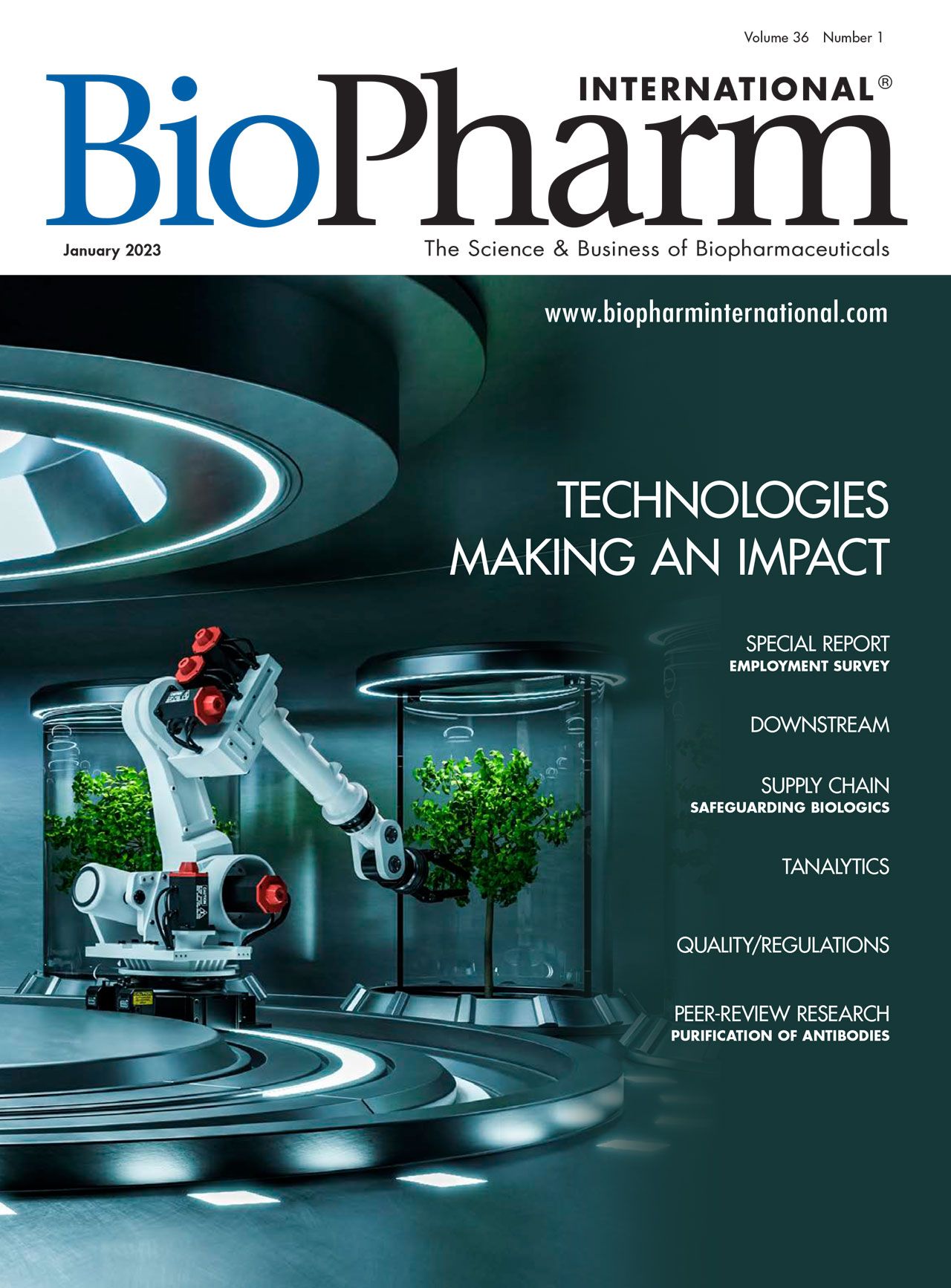Paradigm Shift
Cell and gene therapies is unequivocally viewed as the biggest opportunity in the bio/pharma space.
In BioPharm International’s annual employment survey, respondents have been asked a consistent set of questions year to year to build some inherent statistical confidence in the replies. In this year’s survey, we also asked respondents to sum up the industry in a single word. The answers (often not restricted to one word only) were a mix of the expected—such as “normalizing,” “supply chain,” and “vaccines and mRNA platform for other therapeutic area.” We also received plenty of the unfathomable, like “stagnant,” “dichotomous,” “safe,” or “CDMO services seem to be very oversubscribed.” It’s not that those answers don’t make sense, it’s that given the context of the questionnaire itself, it seems odd to single out those particular aspects only. With question 10, we went yet one step further by asking, “what are the biggest opportunities in the bio/pharma space?” Half of all respondents answered, “cell and gene therapies.” It was clear and unequivocal. In terms of the survey, “opportunities” was really a surrogate term for future research and development. This seems a surprisingly unbalanced perception of how things should unfold, and yet it’s probably an accurate predictor for future action.
A December 2022 article in Wired magazine stated, “Hemgenix gained US approval from the Food and Drug Administration on November 22 to treat patients with severe hemophilia B. Shortly after its approval, CSL Behring, the pharmaceutical company commercializing the drug, announced its price: $3.5 million for a one-time dose. It’s now the most expensive drug in the world.” The researcher who led the clinical study, Steven Pipe, a hematologist at the University of Michigan Health System, said of some of these patients, “don’t have to think about their hemophilia anymore ... for all intents and purposes, this looks like a cure” (1).
In BioPharm’s September issue (2), I took the position that against a lifetime of treatments, the cost of single dose therapy means a fair value despite the initial sticker shock. The Wired article goes on to quote one of BioPharm International’s Editorial Advisory Board members, Nicole Paulk, assistant professor of gene therapy at the University of California, San Francisco, who said, “the price tag is not a surprise. This is super reasonable, super expected. It’s a very fair price” (1). As we observed in September, beyond the regulatory approvals lies the battle with insurance reimbursement and competing therapies for support and engagement. But it seems certain now that treatment paradigm has shifted toward the “cure” side of the spectrum for some diseases.
References
1. Mullin E. The Era of One-Shot, Multimillion-Dollar Genetic Cures Is Here. Wired Magazine. Dec. 5, 2022.
2. Hennessy M. What Does Cost Mean? Pharma Technol. 2022 46 (9).
About the author
Mike Hennessy Jr. is the President and CEO of MJH Life Sciences.
Article details
BioPharm International
Vol. 36, No. 1
January 2023
Pages: 3
Citation
When referring to this article, please cite it as M. Hennessy. Paradigm Shift. BioPharm International 2023, 36 (1).

Tokyo University of Science Research Team Explores Improved Delivery of Antisense Oligonucleotides
April 18th 2025Using cholesterol-modified oligonucleotides, the research team aims to improve the delivery of antisense nucleotide-based therapies for treating neurodegenerative diseases and brain cancers.